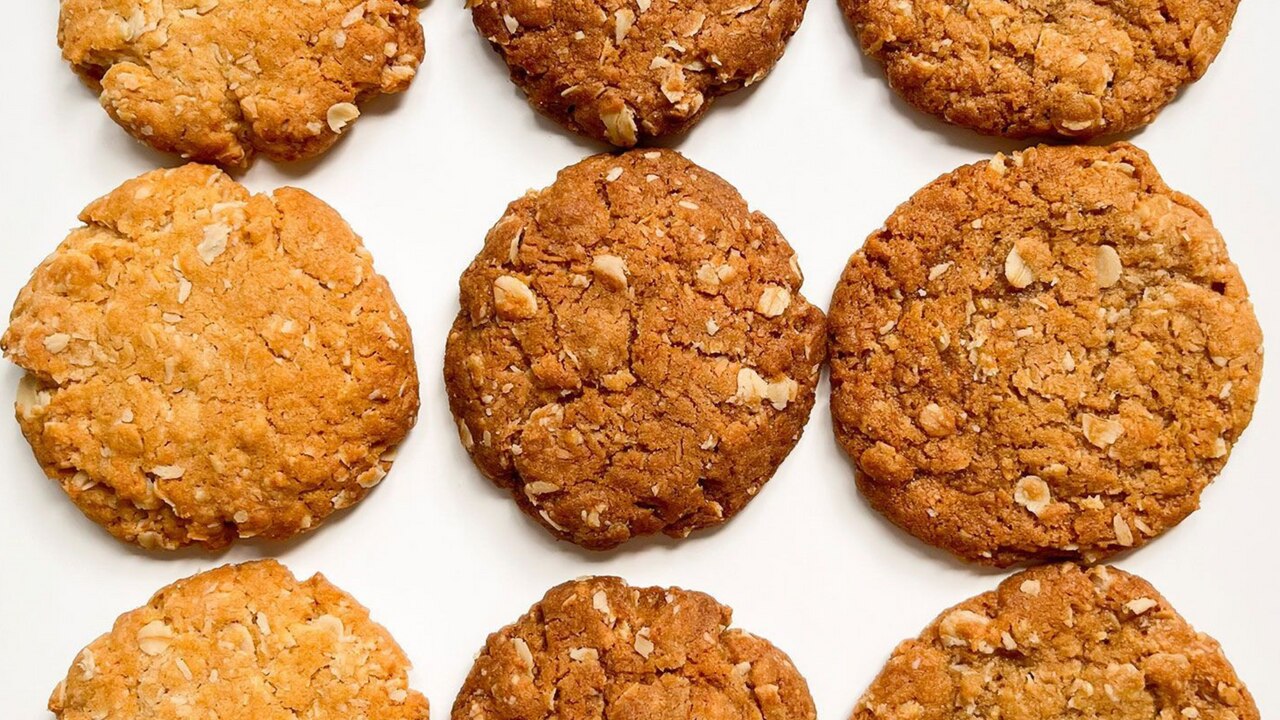The difference between cottage pie and shepherd's pie
Next time you sit down to a cottage pie straight out of the oven, remember this: don't call it a shepherd's pie.

We’ll bet most Aussies don’t know this (and don’t get us started on Cumberland pie, too).
The terms “cottage pie” and “shepherd’s pie” have been used synonymously from dinner tables to corner pubs across the globe. Humans have understood them to be a casserole dish filled with meat and garnished with a fluffy potato topping. But although people have been eating meat and mashed potato collabs for generations, there is a difference between these two.
What is a cottage pie?
“Cottage pie” refers to a pie made from beef and topped with potatoes. It dates back to the late 18th century when peasant recipes made in the kitchens of British and Irish country cottages began incorporating the ingredient du jour: the humble potato. Potatoes were making headway at the time as an affordable crop that could be used in everyday food. Clergyman Parson Woodforde is the first human known to document “cottage pye” using veal in an entry in his diary on 29 August 1791. It’s likely the name simply reflected the cosy, homesteading nature of the place in which it was made.
What is a shepherd’s pie?
‘Shepherd’s pie’, on the other hand, requires lamb. And, considering the practical naming conventions of cottage pie, shepherd’s pie must be the name for a pie made for shepherds, right? Close.
Shepherd’s pie gets its name because cooks used mutton or lamb in the recipe (since a shepherd tends to a flock of sheep). Some even say the fluffy mashed potato topping symbolizes the sheep’s fleece.
Cottage and shepherd’s pies today
Whatever the history, cottage and shepherd’s pies began taking a different form as the generations rolled on. Instead of veal, home cooks began making both dishes with chopped mince (often pre-cooked, as was the method for storing meats of the time).
And the dishes were no longer confined to the green pastures of Britain either. Variations were found across the world. On the kitchen tables of French la maisons sat hachis Parmentier, a casserole of mashed potatoes and leftover beef stew layered with Emmental cheese. In Chilean and Argentine casas, families ate pastel de papa (potato and ground beef pie) made with hard-boiled eggs, black olives and raisins. Scottish kitchens produced versions made with pastry instead of mashed potato. And the pies even appeared in British India, where they were considered the perfect dish for a tiffin box.
Today cottage pie and shepherd’s pie are used interchangeably, and mince is the main ingredient for both dishes. They’re as comfortable at home on the dinner table as they are on the house specials board at local pubs. Their mashed potato swirls make bistro patrons light up with nostalgia, and they’re often the standard by which one decides if a recipe book is a good one.
The beauty of both shepherd’s and cottage pies is that humans have enjoyed them hot or cold, and family members have been known to fight over the last of their very good bits. They’re some of the best dishes both veteran and beginner cooks can create because they’re forgiving and pretty much fail-proof. Just bung your mince leftovers into a casserole dish and garnish it with clouds of buttery mash. But don’t go avant-garde and top the mash with breadcrumbs, okay? Then it’s transformed into a Cumberland pie, and that’s a story for another day.
Cottage pie recipes
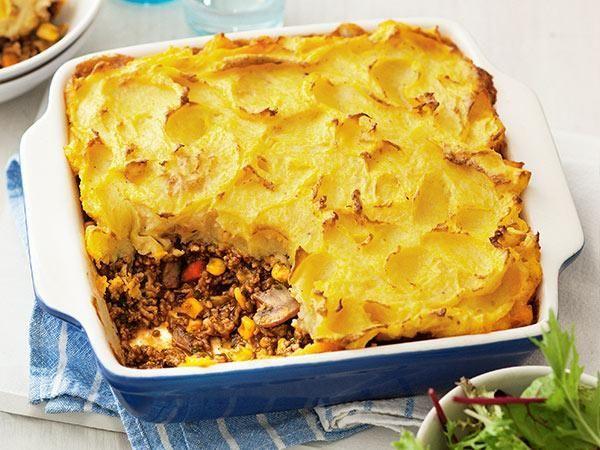
Cauliflower and cheese cottage pie


Beef and baked bean cottage pie
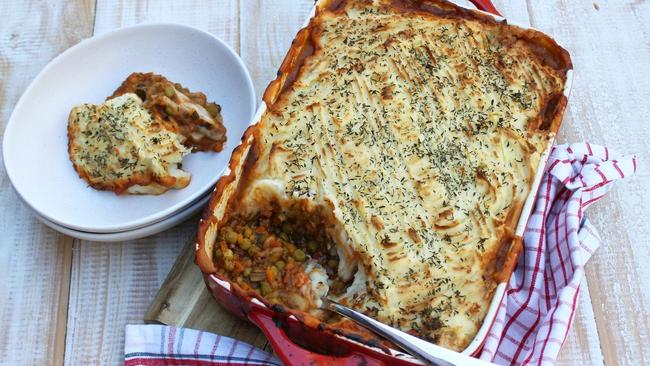
Shepherd’s pie recipes

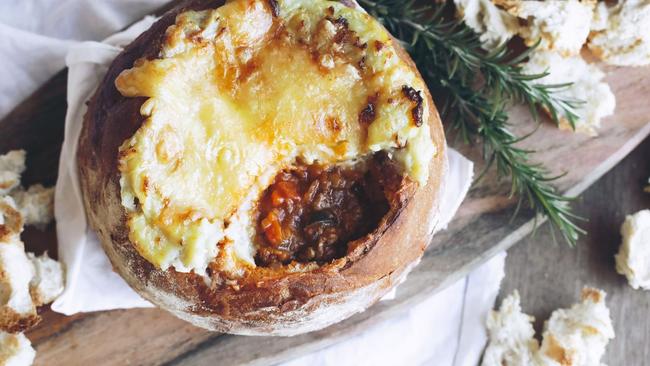
Beef and burgundy shepherd’s pie
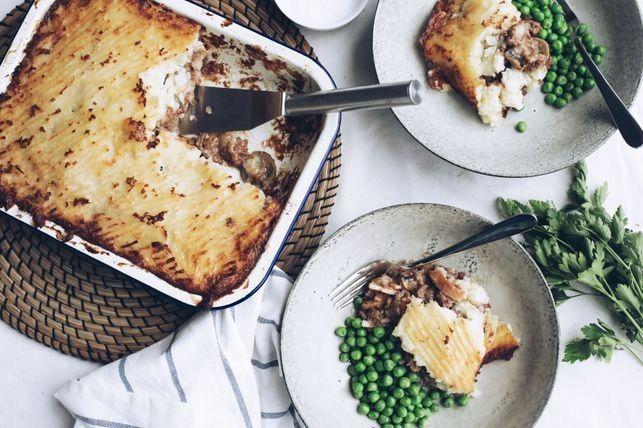
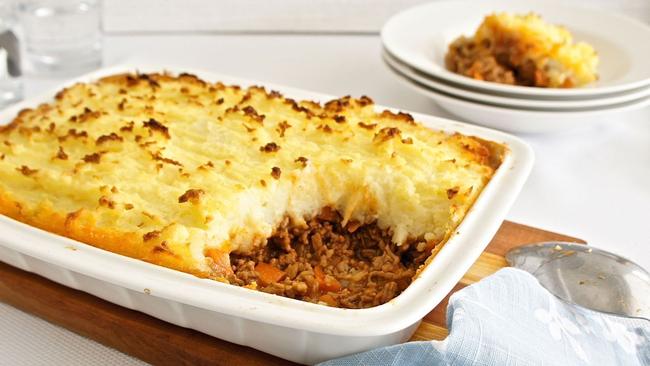
Curry shepherd’s pie with a twist


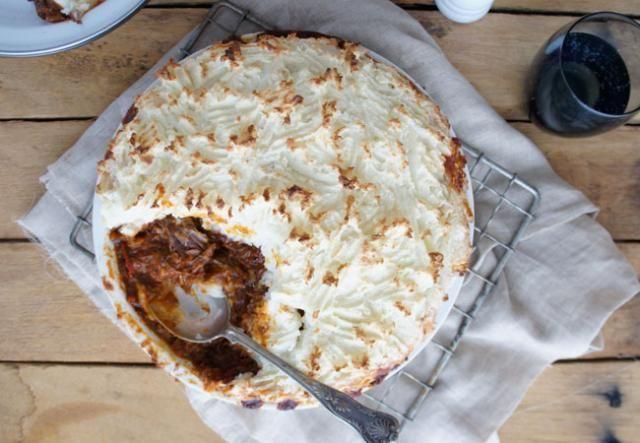
Originally published as The difference between cottage pie and shepherd's pie


